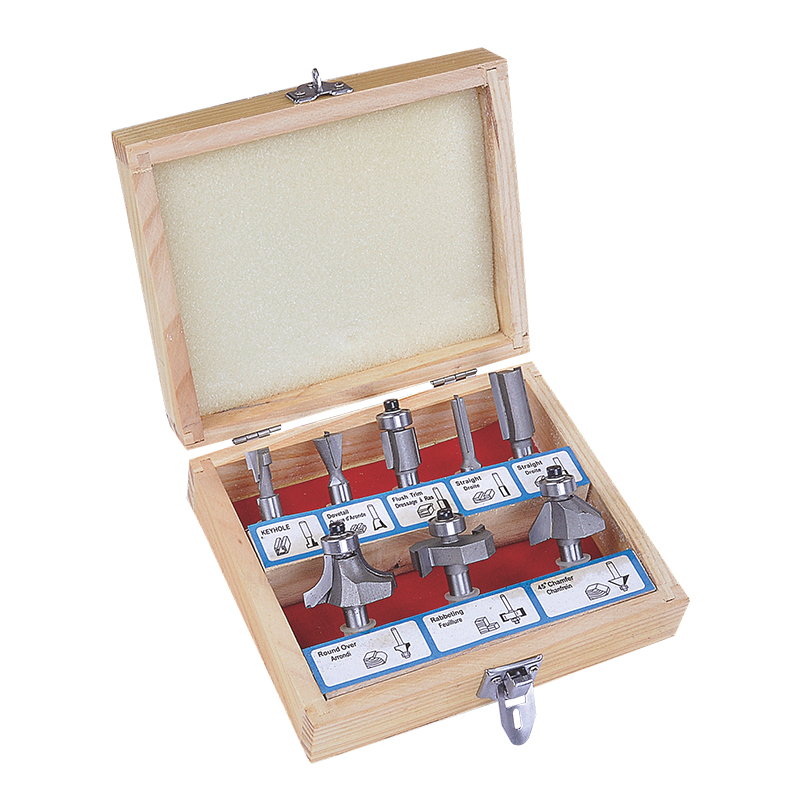2025-01-17
Woodworking is an art that requires precision, skill, and the right tools. Among these tools, drill bits for wood play a crucial role in creating clean, accurate holes in various woodworking projects. The suitability of these drill bits is not just about the ability to drill; it's about how well they perform on different types of drill bits for wood, such as hardwood and softwood. Understanding the nuances of drill bits for wood and their application in various drill bits for wood types is essential for any woodworker.

Hardwood, known for its density and durability, presents a challenge when it comes to drilling. The drill bits for hardwood must be robust and capable of withstanding the resistance that hardwood offers. These bits are typically made from high-speed steel (HSS) or tungsten carbide, which are designed to maintain their sharpness even under the pressure of hard materials. The flutes of these bits are also designed to efficiently remove wood chips, preventing clogging and ensuring a smooth drilling process.
On the other hand, softwood is less dense and easier to work with. Drill bits for softwood do not need to be as hard or robust as those for hardwood, but they must still be sharp enough to create clean holes without tearing the drill bits for wood fibers. Softwood bits are often made from materials like HSS as well, but they may have a slightly different design to accommodate the softer texture of the wood. The flutes may be wider to allow for easier chip removal, and the cutting edges may be less aggressive to prevent over-cutting.
The geometry of the drill bits for wood also plays a significant role in their suitability for different wood types. Bits with a split point, for instance, are good for starting holes in hardwood without the risk of the bit walking or slipping. This feature is less critical for softwood, where the bit is less likely to wander due to the drill bits for wood's softer nature. Additionally, the helix angle of the drill bit can affect the drilling performance. A higher helix angle is beneficial for softwood as it allows for faster chip ejection, while a lower helix angle is more suitable for hardwood to provide better torque and control.
The choice of drill bit for wood also depends on the specific project and the desired outcome. For example, when drilling through hardwood for joinery, a brad point bit might be a good choice due to its ability to create a clean, precise hole with tear-out. For softwood, a spade bit or a Forstner bit could be more appropriate for larger holes, as they can remove more material quickly and create a smooth, flat-bottomed hole.
Maintenance of drill bits for wood is another factor that affects their suitability across different drill bits for wood types. Bits used for hardwood will dull more quickly and require more frequent sharpening or replacement. Softwood bits, while less prone to dulling, can still benefit from regular inspection and maintenance to ensure suitable performance.
In conclusion, the suitability of drill bits for wood in different wood types is a complex interplay of material, design, and application. Woodworkers must consider the hardness and grain of the drill bits for wood, the size and type of hole required, and the specific characteristics of the drill bit itself. By understanding these factors and selecting the appropriate drill bits for wood, woodworkers can achieve the precision and quality that their projects demand, whether they are working with hardwood or softwood.